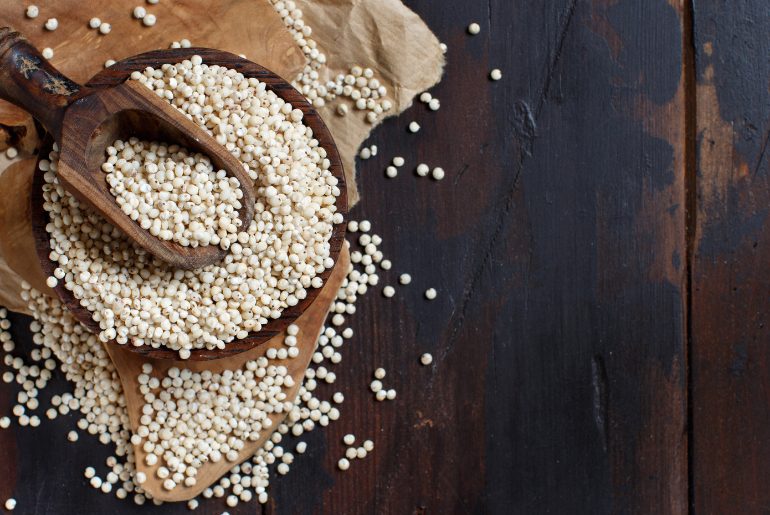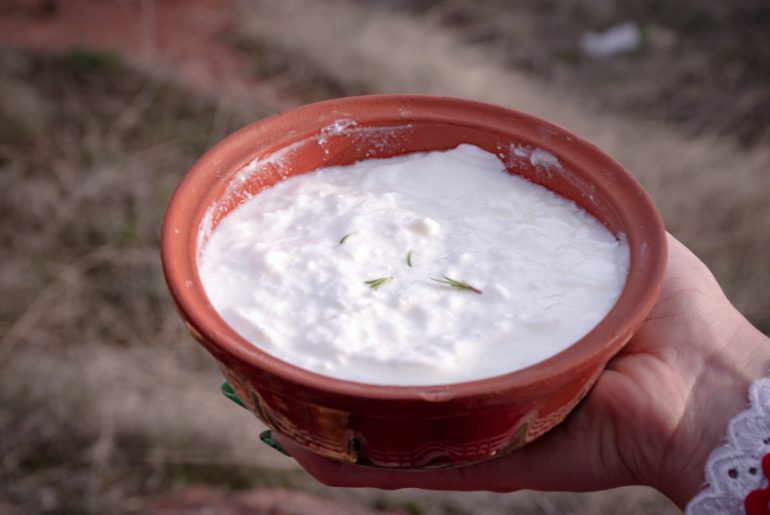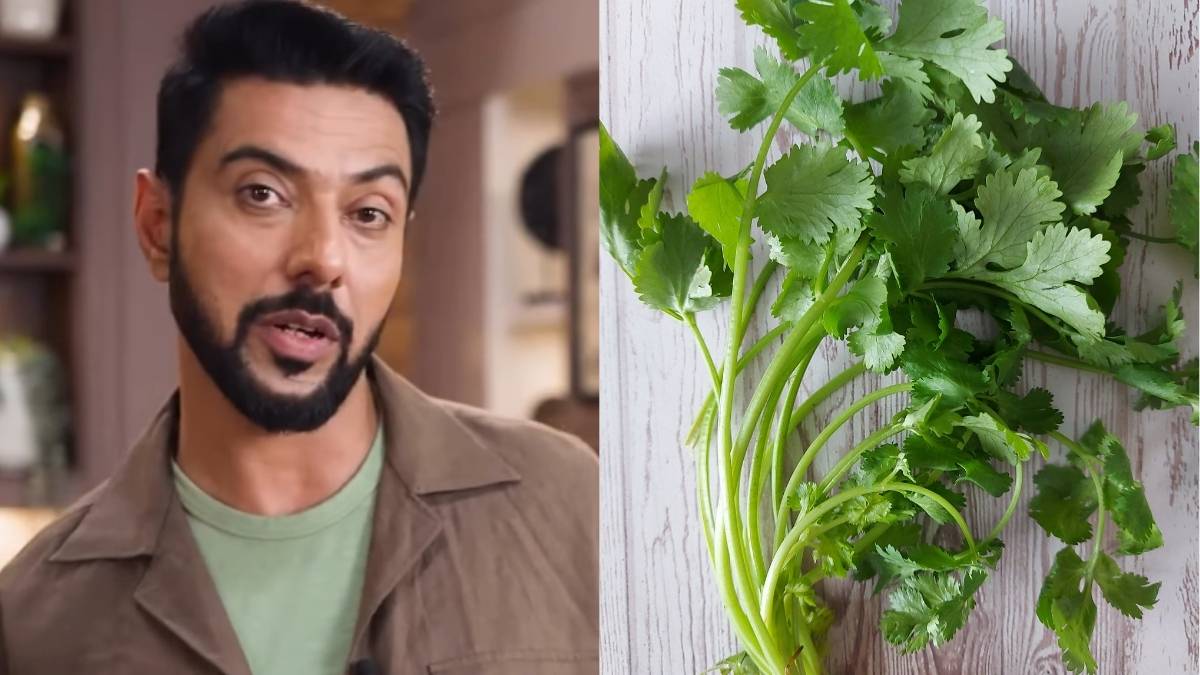Everyday life in ancient India was a land of culinary abundance and diversity. Here, food was not just a means of sustenance but a sacred art form intertwined with religion, culture, and medicine. The dietary habits and food practices of ancient Indians reveal a fascinating story of innovation, tradition, and an intimate connection to the land and its bounty. Let’s explore the rich tapestry of ancient Indian cuisine, from the grains to the intricate cooking techniques.
The Rich Legacy Of Ancient Indian Cooking

The ancient Indians used a variety of vessels made from clay, stone, metal, and wood. The use of terracotta pots was widespread for cooking and storage due to their affordability and heat retention properties. Stone vessels, particularly those made from soapstone, were used for grinding spices and grains.
Grains formed the backbone of the ancient Indian diet. While rice was a staple in the eastern and southern parts of India, wheat was predominantly consumed in the northwestern regions. Millets such as barley, ragi (finger millet), and jowar (sorghum), were essential in arid and semi-arid regions.
The culinary techniques of ancient India were diverse and sophisticated. Some of the prominent methods included boiling and steaming, roasting and grilling, frying and fermentation.
Dairy products were an integral part of the diet, especially in pastoral and agrarian communities. Milk was either consumed directly or used in various preparations. While the by-products of milk, like paneer, curd, etc., are still prevalent in Indian households, in ancient times, milk was turned into the desired product at home.
Cooking Through The Ages

Ancient Indian cuisine was deeply influenced by religious and cultural practices. Vegetarianism was promoted by religious texts like the Vedas, and many people adhered to a plant-based diet. However, meat consumption was also prevalent, especially among the warrior classes. India has always been known for its rich variety of spices. Black pepper, cumin, turmeric, coriander, and mustard were commonly used to flavour dishes and had medicinal properties.
Eating practices varied by region and community. For instance, in many parts of India, food was traditionally eaten with hands, as it was believed to engage all senses and enhance the dining experience. Specific meals, such as the South Indian banana leaf meal, showcased the harmony between food and nature.
The food practices of ancient India reflect a rich tapestry of cultural diversity, agricultural abundance, and culinary wisdom.
Cover Image Courtesy: Canva
For more such snackable content, interesting discoveries and the latest updates on food, travel and experiences in your city, download the Curly Tales App. Download HERE. First Published: August 07, 2024 4:15 PM




